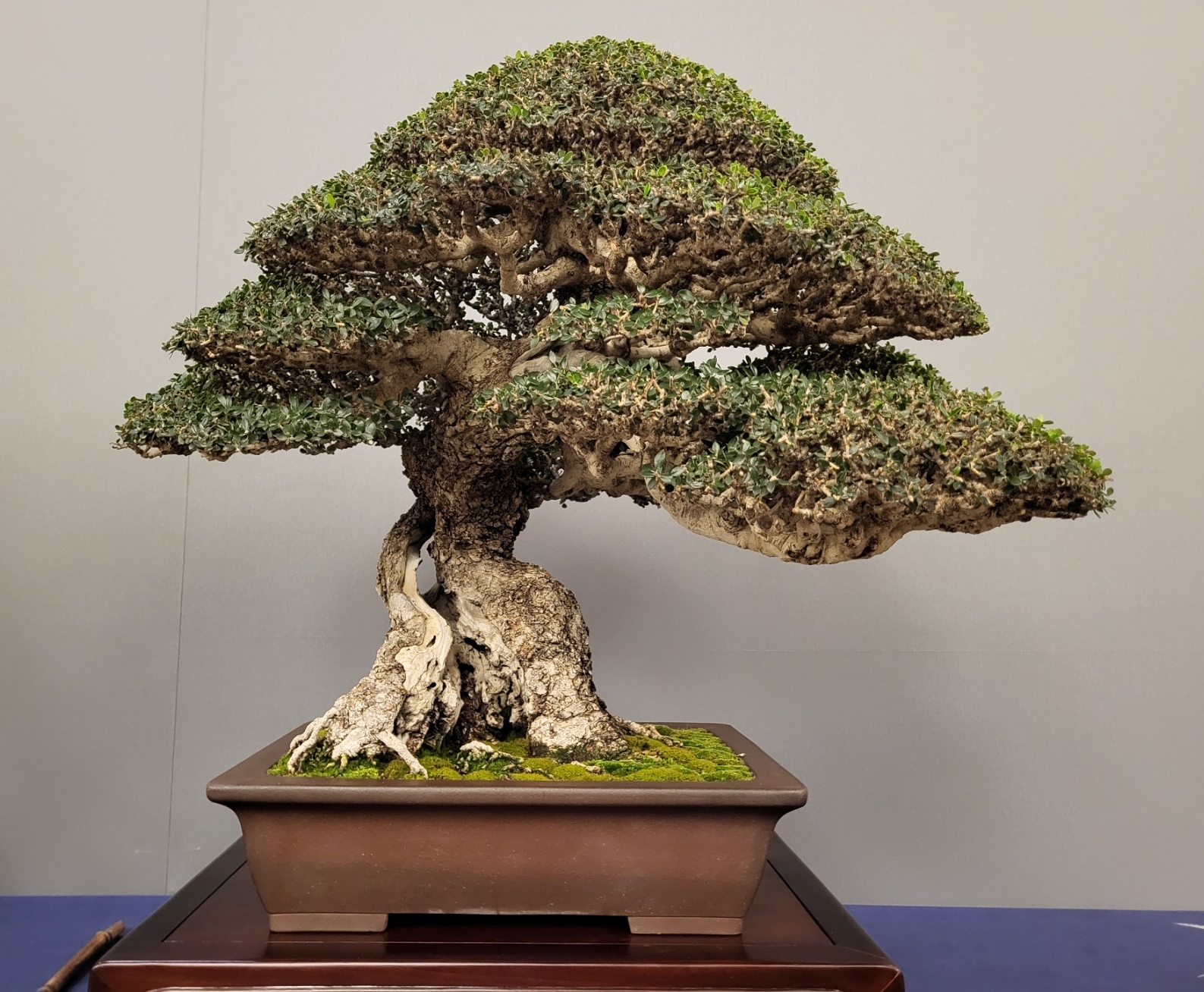|
Shin, Syria
Shin ( ''Shîn'') is a town in western Syria administratively part of the Homs Governorate, located west of Homs. Nearby localities include Rabah to the north, al-Mahfurah to the northeast, Tarin to the east, Suwayri to the southeast, Hadidah to the south, Mizyeneh and al-Huwash to the southwest and Muqlus to the northwest. According to the Syria Central Bureau of Statistics (CBS), Shin had a population of 13,020 in the 2004 census. It is the administrative center of the Shin ''nahiyah'' ("subdistrict") which consists of 22 localities with a collective population of 27,951 in 2004.General Census of Population and Housing 2004 [...More Info...] [...Related Items...] OR: [Wikipedia] [Google] [Baidu] |
Syria
Syria, officially the Syrian Arab Republic, is a country in West Asia located in the Eastern Mediterranean and the Levant. It borders the Mediterranean Sea to the west, Turkey to Syria–Turkey border, the north, Iraq to Iraq–Syria border, the east and southeast, Jordan to Jordan–Syria border, the south, and Israel and Lebanon to Lebanon–Syria border, the southwest. It is a republic under Syrian transitional government, a transitional government and comprises Governorates of Syria, 14 governorates. Damascus is the capital and largest city. With a population of 25 million across an area of , it is the List of countries and dependencies by population, 57th-most populous and List of countries and dependencies by area, 87th-largest country. The name "Syria" historically referred to a Syria (region), wider region. The modern state encompasses the sites of several ancient kingdoms and empires, including the Eblan civilization. Damascus was the seat of the Umayyad Caliphate and ... [...More Info...] [...Related Items...] OR: [Wikipedia] [Google] [Baidu] |
Central Bureau Of Statistics (Syria)
The Central Bureau of Statistics (CBS) () is the statistical agency responsible for the gathering of "information relating to economic, social and general activities and conditions" in the Syrian Arab Republic. The office is answerable to the office of the Prime Minister and has its main offices in Damascus. The CBS was established in 2005 and is administered by an administrative council headed by the deputy prime minister for economic affairs. After the Syrian government began reconstructing infrastructure in 2011, the bureau began releasing data from 2011 to 2018. References External links * Government of Syria Syria Syria, officially the Syrian Arab Republic, is a country in West Asia located in the Eastern Mediterranean and the Levant. It borders the Mediterranean Sea to the west, Turkey to Syria–Turkey border, the north, Iraq to Iraq–Syria border, t ... Government agencies established in 2005 2005 establishments in Syria {{Syria-gov-stub ... [...More Info...] [...Related Items...] OR: [Wikipedia] [Google] [Baidu] |
Populated Places In Homs District
Population is a set of humans or other organisms in a given region or area. Governments conduct a census to quantify the resident population size within a given jurisdiction. The term is also applied to non-human animals, microorganisms, and plants, and has specific uses within such fields as ecology and genetics. Etymology The word ''population'' is derived from the Late Latin ''populatio'' (a people, a multitude), which itself is derived from the Latin word ''populus'' (a people). Use of the term Social sciences In sociology and population geography, population refers to a group of human beings with some predefined feature in common, such as location, race, ethnicity, nationality, or religion. Ecology In ecology, a population is a group of organisms of the same species which inhabit the same geographical area and are capable of interbreeding. The area of a sexual population is the area where interbreeding is possible between any opposite-sex pair within the area ... [...More Info...] [...Related Items...] OR: [Wikipedia] [Google] [Baidu] |
Olive
The olive, botanical name ''Olea europaea'' ("European olive"), is a species of Subtropics, subtropical evergreen tree in the Family (biology), family Oleaceae. Originating in Anatolia, Asia Minor, it is abundant throughout the Mediterranean Basin, with wild subspecies in Africa and western Asia; modern Cultivar, cultivars are traced primarily to the Near East, Aegean Sea, and Strait of Gibraltar. The olive is the type species for its genus, ''Olea'', and lends its name to the Oleaceae plant family, which includes species such as Syringa vulgaris, lilac, jasmine, forsythia, and Fraxinus, ash. The olive fruit is classed botanically as a drupe, similar to the cherry or peach. The term oil—now used to describe any Viscosity, viscous Hydrophobe, water-insoluble liquid—was virtually synonymous with olive oil, the Vegetable oil, liquid fat made from olives. The olive has deep historical, economic, and cultural significance in the Mediterranean; Georges Duhamel (author), George ... [...More Info...] [...Related Items...] OR: [Wikipedia] [Google] [Baidu] |
Arameans
The Arameans, or Aramaeans (; ; , ), were a tribal Semitic people in the ancient Near East, first documented in historical sources from the late 12th century BCE. Their homeland, often referred to as the land of Aram, originally covered central regions of what is now Syria. The Arameans were not a single nation or group; Aram was a region with local centers of power spread throughout the Levant. That makes it almost impossible to establish a coherent ethnic category of "Aramean" based on extralinguistic identity markers, such as material culture, lifestyle, or religion. The people of Aram were called "Arameans" in Assyrian texts and the Hebrew Bible, but the terms "Aramean" and “Aram” were never used by later Aramean dynasts to refer to themselves or their country, except the king of Aram-Damascus, since his kingdom was also called Aram. "Arameans" is merely an appellation of the geographical term Aram given to 1st millennium BCE inhabitants of Syria. At the begi ... [...More Info...] [...Related Items...] OR: [Wikipedia] [Google] [Baidu] |
Aramaic
Aramaic (; ) is a Northwest Semitic language that originated in the ancient region of Syria and quickly spread to Mesopotamia, the southern Levant, Sinai, southeastern Anatolia, and Eastern Arabia, where it has been continually written and spoken in different varieties for over three thousand years. Aramaic served as a language of public life and administration of ancient kingdoms and empires, particularly the Neo-Assyrian Empire, Neo-Babylonian Empire, and Achaemenid Empire, and also as a language of divine worship and religious study within Judaism, Christianity, and Gnosticism. Several modern varieties of Aramaic are still spoken. The modern eastern branch is spoken by Assyrians, Mandeans, and Mizrahi Jews.{{cite book , last1=Huehnergard , first1=John , author-link1=John Huehnergard , last2=Rubin , first2=Aaron D. , author-link2=Aaron D. Rubin , date=2011 , editor-last=Weninger , editor-first=Stefan , title=The Semitic Languages: An International Handbook , pub ... [...More Info...] [...Related Items...] OR: [Wikipedia] [Google] [Baidu] |
Syriac Language
The Syriac language ( ; ), also known natively in its spoken form in early Syriac literature as Edessan (), the Mesopotamian language () and Aramaic (), is an Aramaic#Eastern Middle Aramaic, Eastern Middle Aramaic dialect. Classical Syriac is the academic term used to refer to the dialect's literary usage and standardization, distinguishing it from other Aramaic dialects also known as 'Syriac' or 'Syrian'. In its West-Syriac Rite, West-Syriac tradition, Classical Syriac is often known as () or simply , or , while in its East-Syriac Rite, East-Syriac tradition, it is known as () or (). It emerged during the first century AD from a local Eastern Aramaic languages, Eastern Aramaic dialect that was spoken in the ancient region of Osroene, centered in the city of Edessa. During the Early Christian period, it became the main literary language of various Aramaic-speaking Christian communities in the historical region of Syria (region), Ancient Syria and throughout the Near East. As ... [...More Info...] [...Related Items...] OR: [Wikipedia] [Google] [Baidu] |
French Mandate Of Syria
The Mandate for Syria and the Lebanon (; , also referred to as the Levant States; 1923−1946) was a League of Nations mandate founded in the aftermath of the First World War and the partitioning of the Ottoman Empire, concerning the territories of Syria (region), Syria and Lebanon. The mandate system was supposed to differ from colonialism, with the governing country intended to act as a trustee until the inhabitants were considered eligible for self-government. At that point, the mandate would terminate and a sovereign state would be born. During the two years that followed the end of the war in 1918—and in accordance with the Sykes–Picot Agreement signed by the United Kingdom and France during the war—the British held control of most of Ottoman Iraq (now Iraq) and the southern part of Ottoman Syria (now Israel, Palestine (region), Palestine and Transjordan (region), Transjordan), while the French controlled the rest of Ottoman Syria (including History of Lebanon under Ott ... [...More Info...] [...Related Items...] OR: [Wikipedia] [Google] [Baidu] |
Sulayman Al-Murshid
Salman al-Murshid (1907 – 16 December 1946) was a Syrian Alawite religious figure who reunited the Ghassanid clan, that later was called al-Murshidiyeen of the Alawites. Early beginnings Salman al-Murshid was born to an Alawite family in the village of Jawbat Burghal, in the Latakia Sanjak. His emerging power worried both local notable Alawite families and the French authorities, who arranged to have him and some of his followers sent to Raqqa in exile in the mid-1920s. Yet when al-Murshid returned, he managed to patch up his problems with local notables. In 1937, he became a member of Parliament, and avoided the separatist approach advocated for by some among Syria's minority groups. Yet once it appeared that the French would not make good on their promise to grant Syria independence in 1936, al-Murshid began to call for independence again. In 1943, he was elected again as a member of the central Syrian Parliament. In 1944, under British instigation, al-Murshid was arrested ... [...More Info...] [...Related Items...] OR: [Wikipedia] [Google] [Baidu] |
Alawite
Alawites () are an Arabs, Arab ethnoreligious group who live primarily in the Levant region in West Asia and follow Alawism, a sect of Islam that splintered from early Shia as a ''ghulat'' branch during the ninth century. Alawites venerate Ali, Ali ibn Abi Talib, the "Imamate in Shia doctrine, first Imam" in the Twelver Shi'ism, Twelver school, as a manifestation of the divine essence. It is the only ''ghulat'' sect still in existence today. The group was founded during the ninth century by Ibn Nusayr, who was a disciple of the tenth Twelver Imam, Ali al-Hadi, and of the eleventh Twelver Imam, Hasan al-Askari. For this reason, Alawites are also called ''Nusayris''. Surveys suggest Alawites represent an important portion of the Syrians, Syrian population and are a significant minority in the Hatay Province of Turkey and northern Lebanon. There is also a population living in the village of Ghajar in the Golan Heights, where there had been two other Alawite villages ('Ayn Fit, ... [...More Info...] [...Related Items...] OR: [Wikipedia] [Google] [Baidu] |
Sunni
Sunni Islam is the largest branch of Islam and the largest religious denomination in the world. It holds that Muhammad did not appoint any successor and that his closest companion Abu Bakr () rightfully succeeded him as the caliph of the Muslim community, being appointed at the meeting of Saqifa. This contrasts with the Shia view, which holds that Muhammad appointed Ali ibn Abi Talib () as his successor. Nevertheless, Sunnis revere Ali, along with Abu Bakr, Umar () and Uthman () as ' rightly-guided caliphs'. The term means those who observe the , the practices of Muhammad. The Quran, together with hadith (especially the Six Books) and (scholarly consensus), form the basis of all traditional jurisprudence within Sunni Islam. Sharia legal rulings are derived from these basic sources, in conjunction with consideration of public welfare and juristic discretion, using the principles of jurisprudence developed by the four legal schools: Hanafi, Hanbali, Maliki ... [...More Info...] [...Related Items...] OR: [Wikipedia] [Google] [Baidu] |





